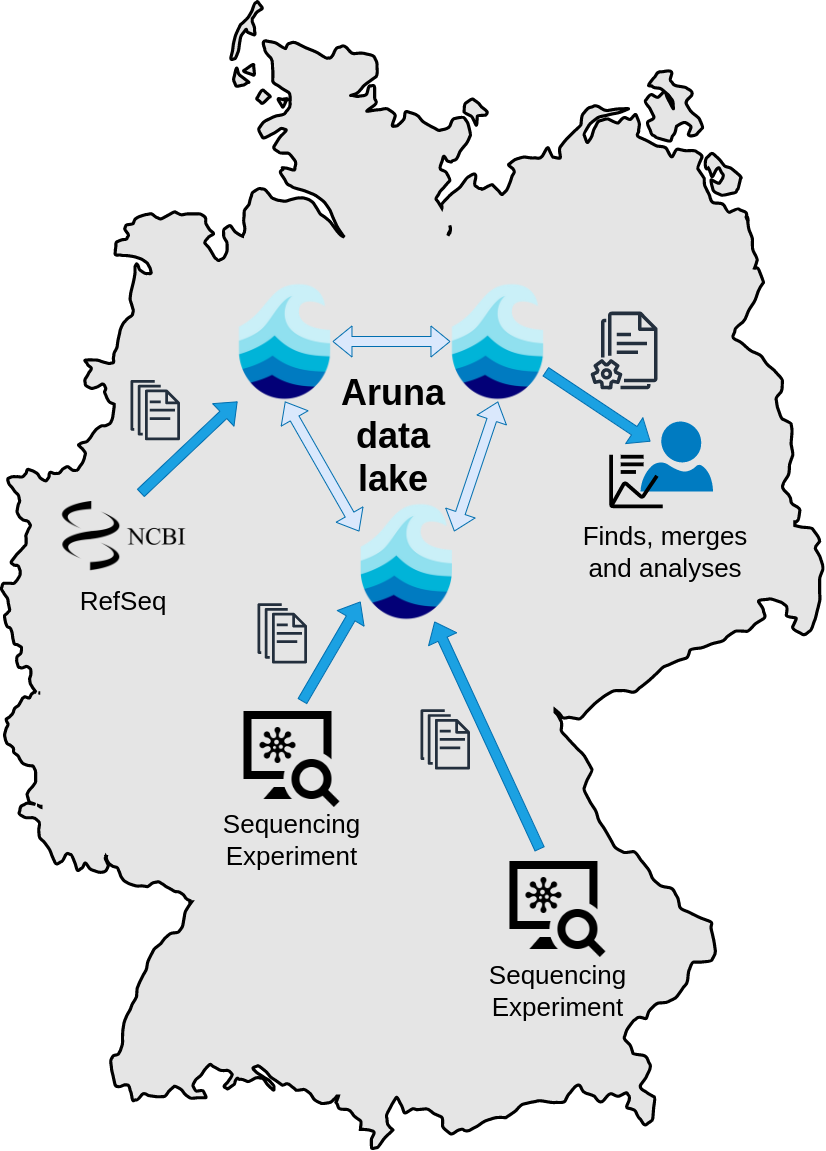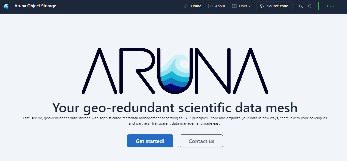RDC Integration
Overview
Getting started
User Guide
Basically, AOS is intended as a data backend for the RDC. For this reason, very few end users will use AOS directly. Verification, transformation and processing of data is basically possible via the services in the mediation layer. This also ensures the consistency of the data. Users and services can be informed about changes to individual data objects or even entire projects via the AOS notification service and can thus react to these changes.
Developer Guide
References
Links:
- Dokumentation and Aruna start page: https://aruna-storage.org
- Source-Code: https://github.com/ArunaStorage


